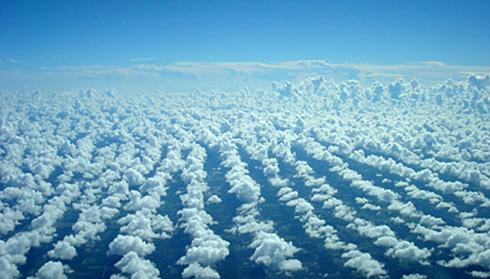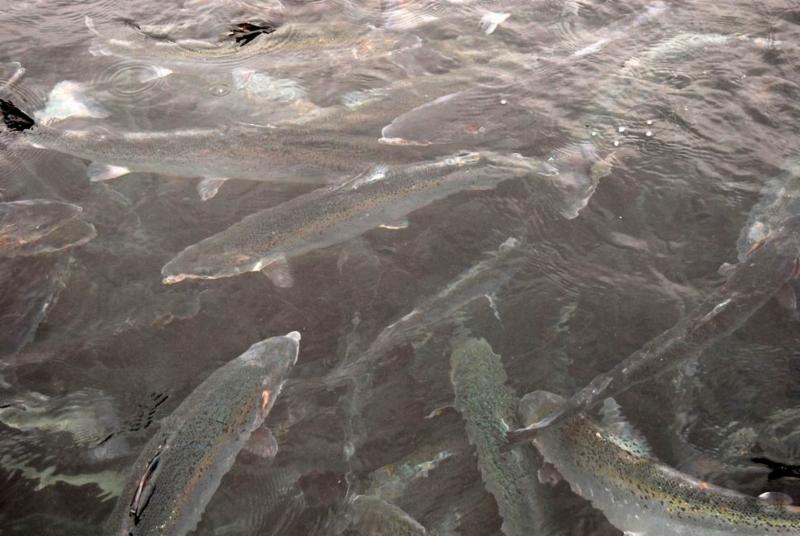Ireland’s climate likely to drastically change by 2050

18 September 2020
Ireland’s climate is set to look drastically different by mid-century, according to a new super-computer generated projection.
Annual average temperatures could climb as high as 1.6 degrees above pre-industrial levels by 2050, with the east of the country set to see the highest increase, according to a study by the Irish Centre for High-End Computing.
Rising temperatures will result in more frequent heat waves and will be felt most heavily in the south-east and the number of frost days is projected to decrease between 68 to 78 per cent, depending on the degree of warming the earth reaches by 2050.
More heatwaves, according to the report, will have a “direct impact” on public health and mortality, but may be offset by the projected decrease in colder days.
Changes in temperature will also run the risk of disrupting the life cycle of plant and animal species across the country.
Rainfall is projected to decrease substantially in the summer months and could decline by as much as 17 per cent under a high global emissions scenario.
During winter and autumn, heavier precipitation is anticipated with a “likely” increase of between 5 and 19 per cent.
Flooding may be offset by a process known as evapotranspiration, which is the loss of water from soil during periods of high temperature, but the report recommended that additional hydrological modelling is needed to understand the potential impact of flooding.
Impacts on agriculture & energy
The compounding effects of higher temperatures, heatwaves, heavy precipitation, droughts and decreased frost and ice will drastically affect agriculture.
While the growing season could be extended by 12 to 16 per cent by 2050, a warming climate will provide a breeding ground for pests that would impact farming production.
The projected increase in drought and heavy rainfall events could be “deterimental” to the potential gains of a warming climate to the agricultural sector.
The report also finds that the energy content of high-speed winds is projected to decrease by mid-century and there could also be a small decrease in solar-generated power.
Rising temperatures and rainfall
The increase in precipitation is due to the fact that the atmosphere retains more water vapour as it gets warmer.
For every 1 degree of warming, we see a 7 per cent increase in water vapour, according to Intergovernmental Panel on Climate Change (IPCC) scientist Professor John Sweeney.
The atmosphere then acts like “a leaky sponge” when warmed, Professor and Director of the ICARUS Climate Research Centre at Maynooth University Peter Thorne told The Green News.
“We know if the atmosphere holds more water, it’ll come down faster on average when it does come down,” Prof Thorne said.
[x_author title=”About the Author”]







